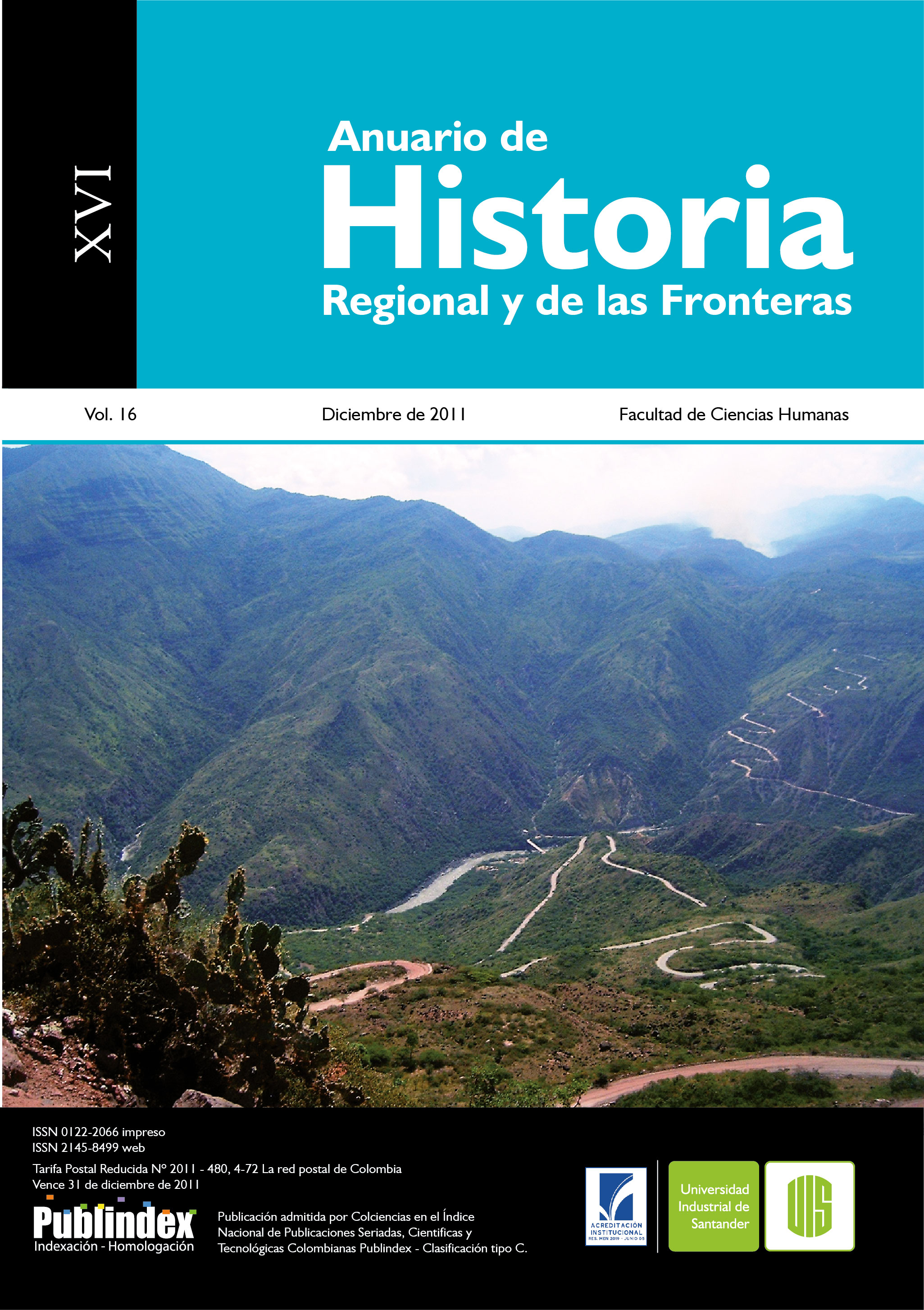Politics and conflict in “Argentinian” north (1832-1838). The Alejandro Heredia’s government in search for order during Tucumán military campaign.
Published 2012-02-21
How to Cite
Abstract
This paper examines politics and conflicts occurred in Tucumán during Alejandro Heredia’s government, between 1832 and 1838. The subject of this work is located in a historical context defined by the general collapse experienced in nineteenth century Argentina, when the struggle between Federals and Unitarians took place. In view of the extreme political instability, the provincial government tried to guarantee social and political order by promoting a number of administrative and military reforms. Nevertheless, far from strengthen the position of the governor in the power; those laws implied a necessary and permanent negotiation with middle-ranking officials (military commandants and judges) in order to maintain his stability in the executive. In sum, it is possible to pose that the construction of political power not only involves the elites, but also a broad spectrum of actors, commonly not identified by certain sector of historiography. The theoretical framework used is detailed in the bibliography at the end of this article. It is complemented with primary sources located in Tucumán Historical Archive, such as official announcements, legislation and correspondence between governors.
Key words: political order, military power, middle ranking officials, provincial government.
